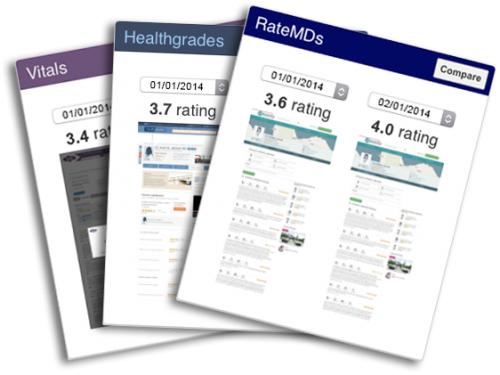HealthCare Surveys
 We conducted three surveys in healthcare facilities across a Southern California metropolitan county of three million people (Orange County, California). These surveys were part of a larger project known as Project MAPP (Mapping and Analyzing Patient Pathways), a joint collaboration between investigators at the Health Policy Research Institute at the University of California Irvine School Of Medicine and the Orange County Health Care Agency, the county department of public health. The three surveys were aimed at the Health Information Management/Medical Records Departments (hospitals and nursing homes), Infection Control and Prevention Departments (hospitals only), and Microbiology Laboratories (hospitals only) of all 31 hospitals and 72 nursing homes in the county. One additional hospital was imminently closing and was not considered eligible. Surveys involved providing monthly facility-specific data on the incidence of healthcare-associated pathogens for a one-year period, as well as answering questions on facility characteristics, definitions used for routine surveillance of healthcare-associated pathogens, and infection control policies. Recruitment for participation occurred during a 15-month period in 2008 and 2009.
We conducted three surveys in healthcare facilities across a Southern California metropolitan county of three million people (Orange County, California). These surveys were part of a larger project known as Project MAPP (Mapping and Analyzing Patient Pathways), a joint collaboration between investigators at the Health Policy Research Institute at the University of California Irvine School Of Medicine and the Orange County Health Care Agency, the county department of public health. The three surveys were aimed at the Health Information Management/Medical Records Departments (hospitals and nursing homes), Infection Control and Prevention Departments (hospitals only), and Microbiology Laboratories (hospitals only) of all 31 hospitals and 72 nursing homes in the county. One additional hospital was imminently closing and was not considered eligible. Surveys involved providing monthly facility-specific data on the incidence of healthcare-associated pathogens for a one-year period, as well as answering questions on facility characteristics, definitions used for routine surveillance of healthcare-associated pathogens, and infection control policies. Recruitment for participation occurred during a 15-month period in 2008 and 2009.Each survey consisted of two parts, a multiple choice/short answer section and a portion involving tables requiring facility-level monthly data for a 12-month period. The Administrative Healthcare Survey requested information on the volume and size of facilities, ward types, and fraction of total patients and patients known to harbor specific healthcare-associated pathogens who are admitted from and discharged to specific healthcare facilities within the county. It consisted of 5 questions and 4 data tables each for pediatric and adult patient populations. The Infection Control Survey posed descriptive questions about infection control and prevention practices and requested facility-level definitions and data tables related to nosocomial rates of methicillin-resistant Staphylococcus aureus, vancomycin-resistant enterococcus, Clostridium difficile, and highly resistant gram-negative pathogens. It consisted of 38 questions and 10 data tables each for pediatric and adult patient populations. The Microbiology Laboratory Survey requested information on routine microbiologic processing methods and facility specific data tables on all positive cultures of the same organisms listed above. It consisted of 7 multiple choice questions and 18 data tables. All surveys were accompanied by a detailed set of instructions. Since our focus in this paper is to describe the effectiveness of our strategies to recruit and retain participants for these surveys, we have provided the structure, but not the content, of these surveys, which will be described elsewhere. This study was jointly approved by the institutional review boards of the University of California Regents and the Orange County Health Care Agency.
Resource By : http://bmcmedresmethodol.biomedcentral.com/articles/10.1186/1471-2288-11-176







Comments